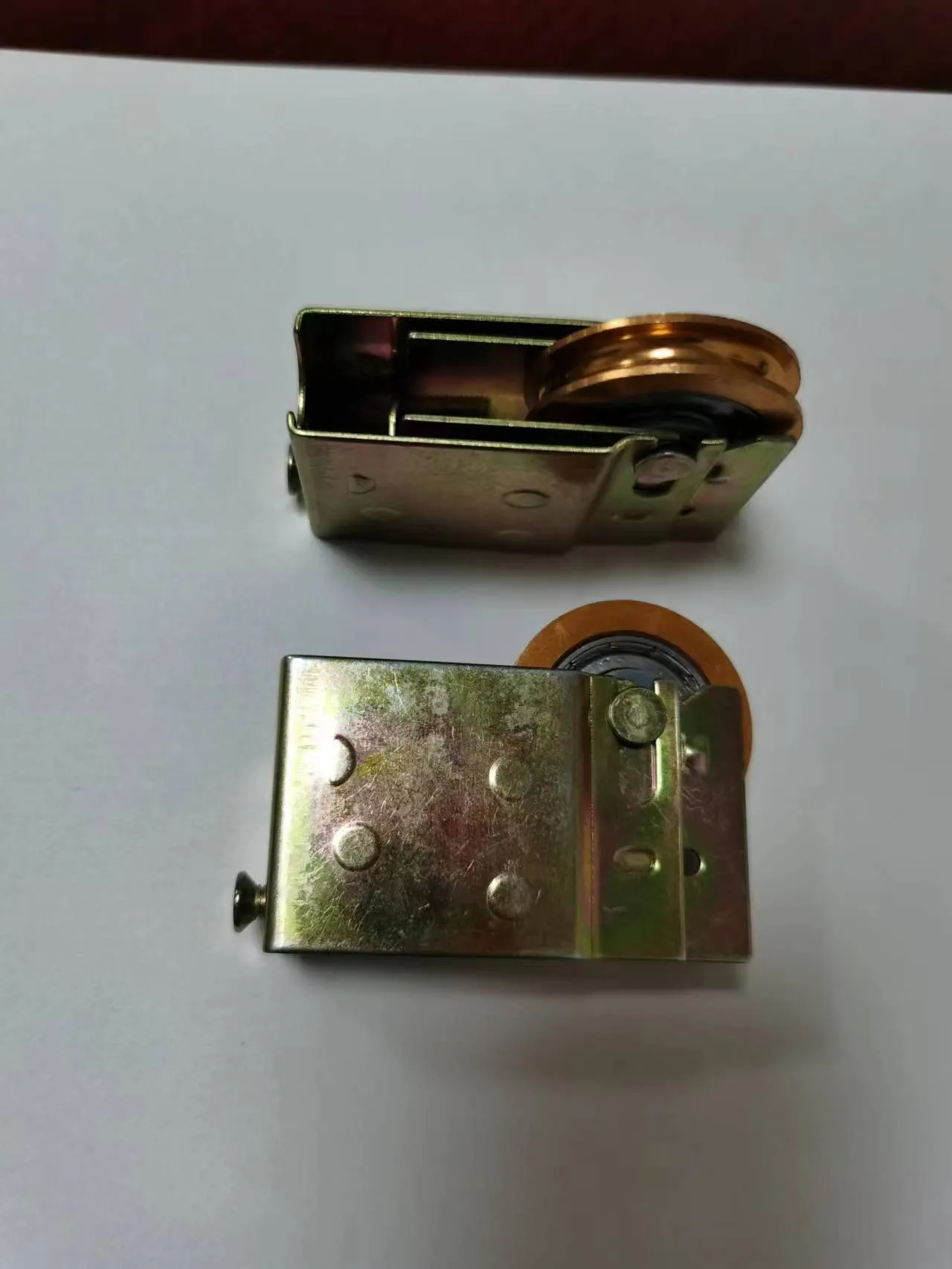Creative Designs in Wrought Iron Artistry for Home and Garden Enhancements
The Art and Craft of Decorative Iron Works
Decorative iron works have long been a symbol of elegance and craftsmanship, merging functionality with artistry in various architectural elements. From intricate railings and gates to stunning furniture and ornamental sculptures, ironwork represents a timeless craft that continues to evolve while maintaining its historical roots. This article explores the beauty, techniques, and significance of decorative iron work, showcasing its enduring appeal in both traditional and contemporary settings.
A Rich History
The craftsmanship of decorative iron work dates back to ancient civilizations, where blacksmiths wielded their hammers to forge functional tools and weapons. As societies advanced, the art of metalworking transitioned into creating decorative pieces, reflecting the status and wealth of the individuals who commissioned them. The medieval period saw a flourish of ornamental iron work in Europe, with many cathedrals featuring elaborate gates and window grilles that showcased the skills of the artisans of the time.
During the Renaissance, decorative iron work experienced a renaissance of its own, emphasizing more intricate designs and personalized motifs. Skilled blacksmiths began to incorporate curves, flourishes, and other artistic elements, transforming functional objects into stunning pieces of art. Today, this tradition continues, blending historical styles with modern techniques to create unique, customized pieces that enhance both residential and commercial spaces.
Techniques and Materials
Decorative iron work primarily utilizes wrought iron and cast iron, each offering distinct qualities and aesthetics. Wrought iron, known for its malleability and strength, allows artisans to create intricate designs and detailed motifs. This form of iron is heated and worked with tools, enabling the blacksmith to manipulate it into various shapes.
Cast iron, on the other hand, is poured into molds, allowing for replication of designs and mass production. It is ideal for creating larger pieces, such as garden furniture or architectural features like balustrades. Today’s artisans often combine both techniques, leveraging modern tools such as plasma cutters and CNC machines alongside traditional methods to create breathtaking works of art.
The finishing touches of decorative iron works contribute significantly to their overall appeal. Techniques such as powder coating, galvanizing, and hand-finishing not only enhance durability but also allow for a variety of colors and textures, making these pieces suitable for all aesthetics—from rustic to sleek modern designs.
decorative iron works

Applications in Modern Architecture
In contemporary design, decorative iron work is utilized in multiple settings, including residential homes, public spaces, and commercial buildings. From ornate door knockers to sophisticated stair railings, each piece is crafted to contribute both functionally and aesthetically to its environment.
Garden gates and fences adorned with decorative iron elements serve as both security measures and artistic statements, seamlessly blending with natural landscapes. Similarly, interior design has embraced decorative iron work in the form of light fixtures, furniture, and staircases, adding an element of grandeur and refinement to modern spaces.
Moreover, ironwork can also be customized to reflect personal tastes and themes, allowing homeowners and business owners to express their unique identities. This ability to personalize pieces has made decorative iron work a sought-after choice for those looking to enhance the beauty of their spaces while maintaining a sense of individuality.
The Future of Decorative Iron Works
As the world leans toward sustainability, the metalworking industry is responding with eco-friendly techniques and materials. Reclaimed metal and environmentally friendly finishes are emerging trends within decorative iron works, promoting both artistry and responsibility. Artists and craftsmen are now taking the initiative to reduce waste and create pieces that reflect a consciousness about environmental impacts.
Furthermore, advancements in technology are shaping the future of iron work. Digital design tools allow for more intricate and ambitious designs, while modern fabrication methods enable limited runs and custom orders, catering to a market that increasingly values bespoke craftsmanship.
Conclusion
Decorative iron works continue to captivate the imagination, intertwining history, artistry, and modern sensibility. The elegance of iron, coupled with the skill of the artisan, results in pieces that not only serve practical purposes but also tell a story of creativity and tradition. As this craft continues to evolve, it reinforces the importance of preserving artisan skills while embracing innovation, ensuring that decorative iron work remains a cherished aspect of both historical and contemporary design. Whether displayed in grand architectural feats or intimate home settings, these works of art endure as a testament to the intersection of beauty and function.
-
Window Lock Handle for Security UpgradesNewsJun.20,2025
-
Proper Lubrication Techniques for Sliding Gate WheelsNewsJun.20,2025
-
Ornamental Iron Castings for Interior DesignNewsJun.20,2025
-
Creative Ways to Decorate Around a Cast Iron FireplaceNewsJun.20,2025
-
Cast Iron Pipe and Fitting for Plumbing SystemsNewsJun.20,2025
-
Cast Iron Panel Casting for Architectural ElementsNewsJun.20,2025















